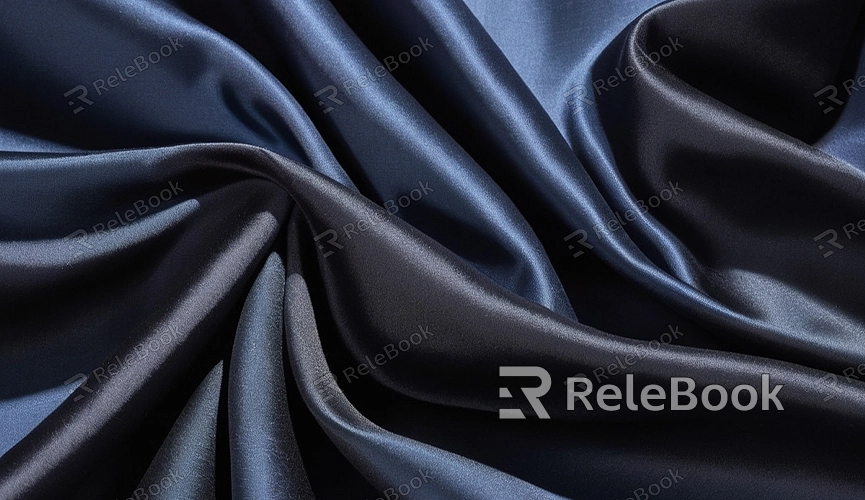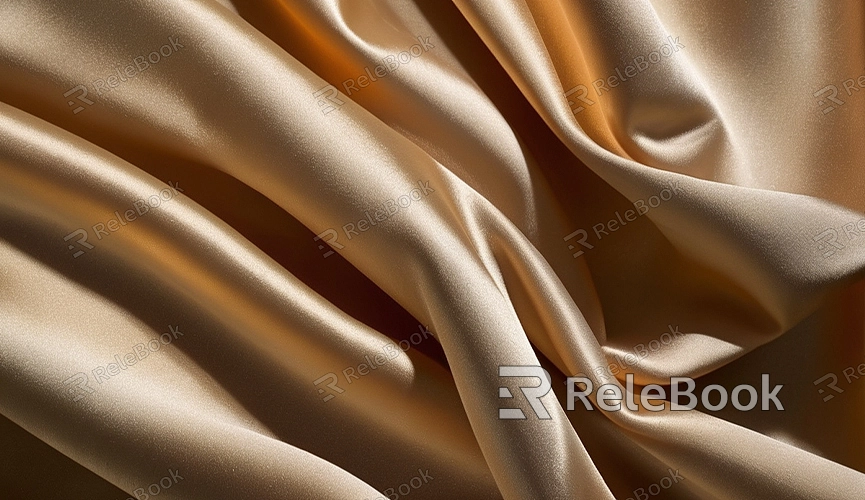How to make cloth in blender with using blender render
Blender is a powerful 3D modeling and rendering software widely used for animation, game development, and visual effects. Cloth simulation is a crucial feature in Blender, allowing users to create realistic fabric effects. In this article, we'll delve into how to use Blender Render in Blender to create cloth, along with practical tips and advice.
Creating the Basic Cloth Model
1. Open Blender and start a new project. In the 3D view, press Shift + A and select "Plane" from the "Mesh" menu to create a plane. This will serve as the base model for our cloth simulation. Adjust the plane's size and position to suit your needs.

Applying Cloth Simulation
2. Apply Cloth Simulation: Select the plane you created, then in the "Physics Properties" panel on the right, click the "Cloth" button. This adds cloth simulation properties to the plane. Adjust various parameters like material, stiffness, and damping in the "Cloth" panel to achieve the desired cloth behavior.

Setting Collision Objects
3. Set Collision Objects: To enable interaction between the cloth and other objects, such as a cube or a character model, select those objects and click the "Collision" button in the "Physics Properties" panel. This allows the cloth to collide with these objects during simulation, enhancing realism.
Adjusting Cloth Parameters
4. Adjust Cloth Parameters: In the "Cloth" panel, you'll find several parameters to control the cloth's behavior:
- Mass: Controls the weight of the cloth. Higher mass results in more sagging.
- Tension: Governs the stretching strength of the cloth. Higher tension makes the cloth harder to stretch.
- Crease: Controls the formation of creases in the cloth. Higher crease values make creases more pronounced.
Customize these parameters according to your requirements until you achieve the desired cloth effect.
Adding Materials and Textures
5. Add Materials and Textures: To enhance realism, add materials and textures to the cloth. In the "Material Properties" panel on the right, click "New" to create a new material for the cloth. Adjust properties like color, reflectivity, and transparency to make the cloth look more lifelike.
Additionally, you can add textures in the "Texture Properties" panel, such as fabric patterns or details, to further enhance the appearance.
Rendering the Cloth Effect
6. Render the Cloth Effect: Once you've completed the cloth simulation and material setup, start rendering the cloth effect. Ensure "Blender Render" is selected as the rendering engine. In the "Render Properties" panel on the right, click the "Render" button to begin rendering your cloth effect.
Improving Rendering Quality
7. Improve Rendering Quality: To enhance rendering quality, adjust settings in the "Render Properties" panel:
- Samples: Increasing samples improves rendering quality but also increases rendering time. Find a balance between quality and time according to your needs.
- Anti-Aliasing: Enable anti-aliasing to smooth out edges and improve image quality.
- Shadows: Adjust shadow settings to enhance lighting effects on the cloth.
Animating the Cloth Effect
8. Animate the Cloth Effect: If you want the cloth to animate dynamically, add animation to the cloth in Blender. Set keyframes on the timeline and adjust cloth parameters in the "Cloth" panel. Blender will automatically generate animation based on your settings.
Exporting the Cloth Model
9. Export the Cloth Model: After simulating and rendering the cloth, export the cloth model to common 3D file formats like OBJ or FBX. Select "Export" from the "File" menu and choose your desired file format. Exported cloth models can be used in other 3D software or for game development and animation.
By following these steps, you can create realistic cloth effects in Blender using Blender Render. Whether for static images or animations, Blender's robust cloth simulation capabilities can help bring your creative visions to life. Remember, if you need high-quality 3D textures, HDRI, or downloadable 3D models for creating models and virtual scenes, consider downloading them from Relebook for seamless integration into your projects. I hope this article helps you in your cloth creation endeavors in Blender!

